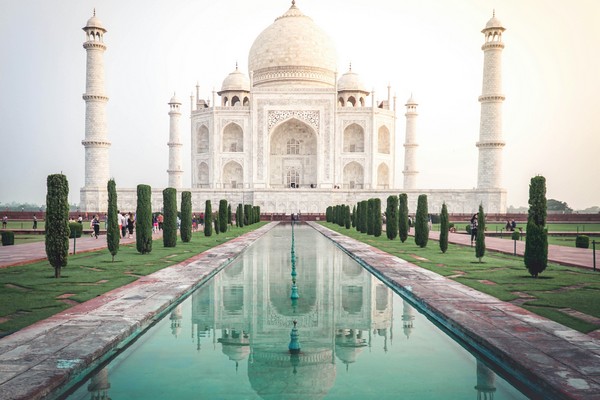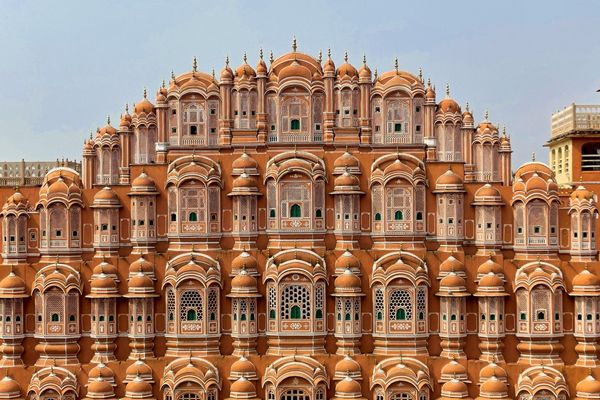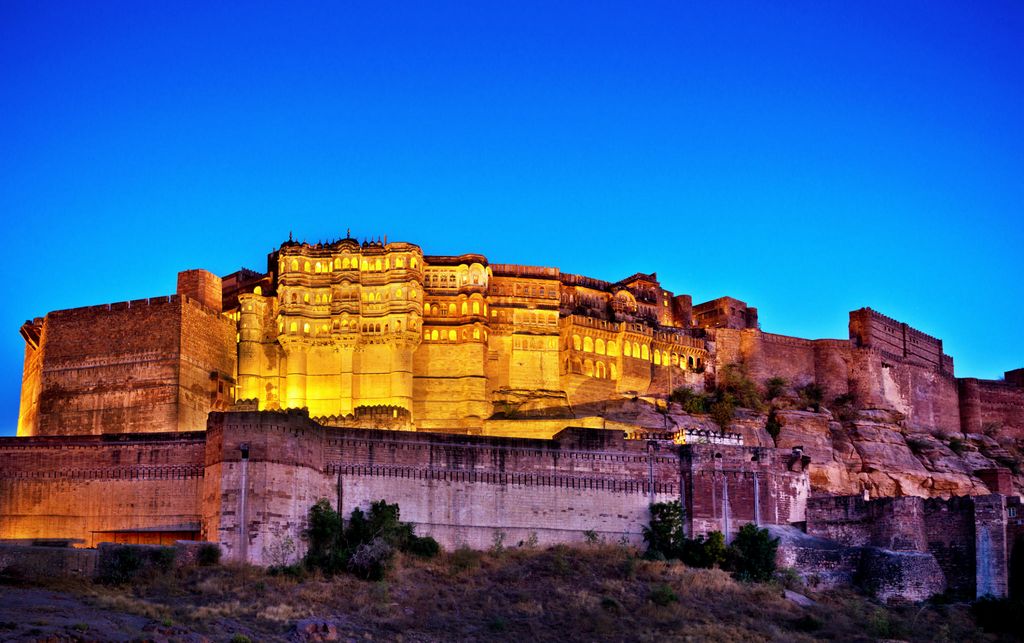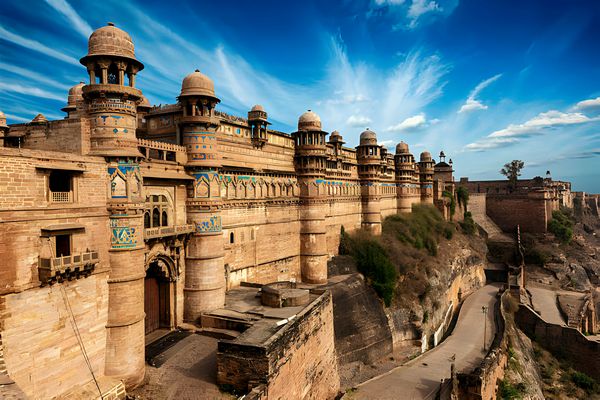
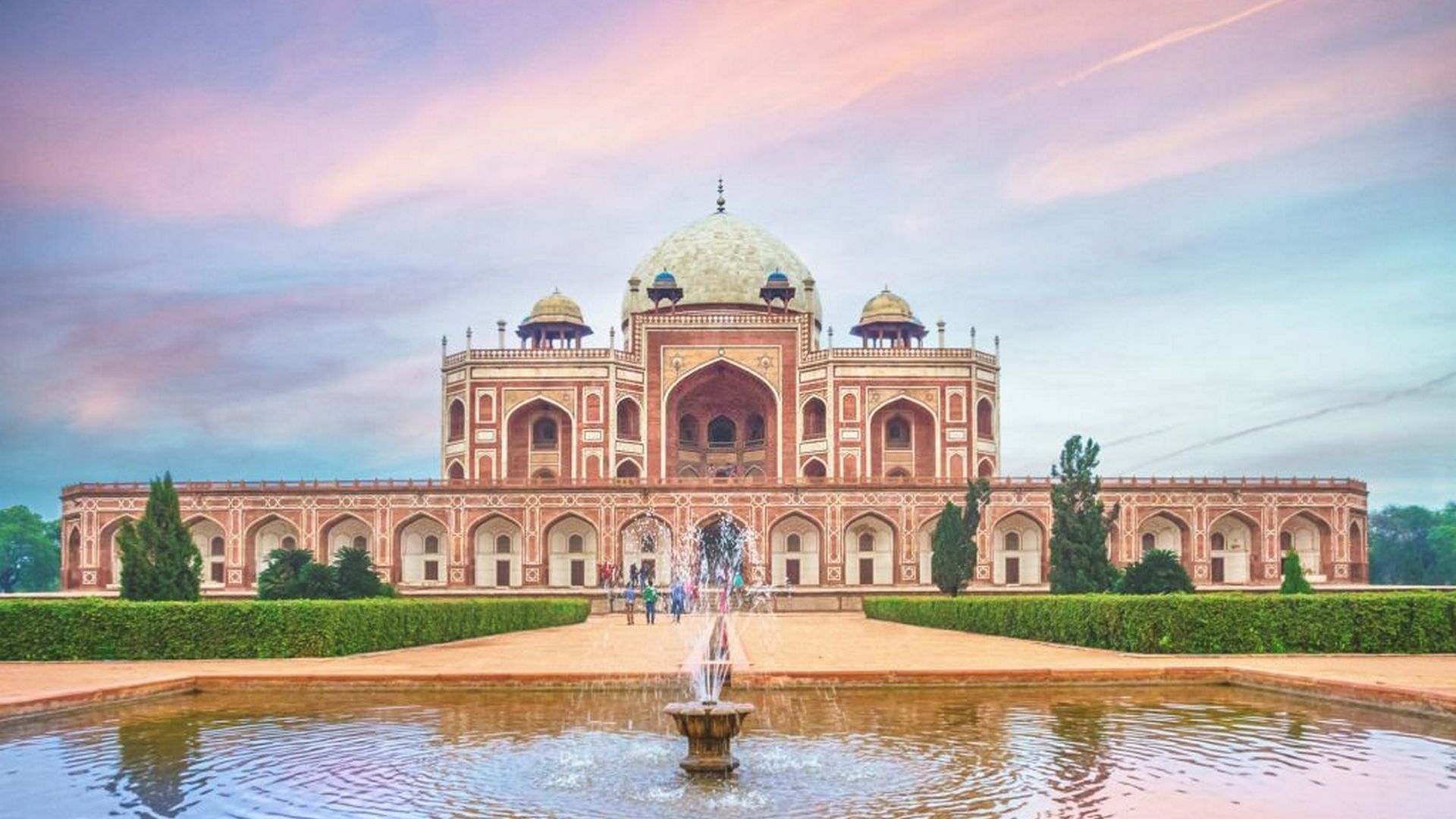
Cultural & Heritage Guide of Delhi
About Delhi
Delhi, the capital city of India, is a captivating destination that seamlessly weaves together a vibrant tapestry of history, culture, and modernity. Its rich heritage traces back to ancient times, with evidence of settlements dating as far back as the 6th century BCE. The city flourished under various rulers, notably the Mughals and the British, leaving behind iconic landmarks that narrate Delhi’s historical saga.
One of Delhi’s most renowned historical sites is the Qutub Minar, a UNESCO World Heritage Site dating back to the 12th century. This architectural marvel stands tall, showcasing the excellence of Indo-Islamic art and design. Another UNESCO site, the Red Fort, exemplifies the grandeur of Mughal architecture, offering visitors a glimpse into India’s rich history.
India Gate, a poignant war memorial, stands proudly as a tribute to the brave soldiers who sacrificed their lives. The monument is an essential stop for those interested in India’s military history.
Delhi’s diverse cuisine mirrors its cultural richness, making it a haven for food enthusiasts. The city offers a spectrum of flavors, with must-try dishes including Mughlai delicacies like kebabs, biryanis, and the famous butter chicken. Chandni Chowk, with its bustling streets and aromatic street food, is a paradise for food lovers. The Paranthe Wali Gali is renowned for its variety of paranthas, while Karim’s in Jama Masjid serves delectable Mughlai cuisine.
For those interested in cultural tours in India, Delhi provides a perfect starting point. The city’s historical sites and museums offer a fascinating journey through India’s past. From the ancient Qutub Minar to the Mughal elegance of the Red Fort, visitors can explore the diverse cultural heritage that Delhi has to offer.
While Delhi may not be the primary destination for a tiger safari in India, the country boasts numerous national parks and wildlife sanctuaries that provide thrilling wildlife experiences. Ranthambhore National Park and Jim Corbett National Park are among the top choices for tiger safaris, allowing visitors to witness the majestic Bengal tiger in its natural habitat.
In essence, Delhi invites visitors to immerse themselves in its diverse cultural heritage, explore iconic historical sites, and savor the rich flavors of its culinary delights. For those seeking cultural tours in India or thrilling wildlife experiences like a tiger safari, the country offers a myriad of options beyond the bustling streets of Delhi.
Highlights
- Historical Riches: Delhi, India's capital, blends ancient heritage with modern vibrancy.
- India Gate Splendor: Iconic war memorial symbolizing bravery and sacrifice.
- Qutub Minar Marvel: UNESCO World Heritage Site, India's tallest minaret.
- Lotus Temple Tranquility: Bahá'í House of Worship, an architectural masterpiece.
- Red Fort Majesty: Mughal marvel, UNESCO site, witness to India's independence.
- Street Food Paradise: Chandni Chowk offers diverse, mouthwatering culinary delights.
- Cultural Fusion: National Museum showcases India's art, history, and culture.
- Lush Green Spaces: Explore Lodhi Gardens for tranquility amidst historical tombs.
- Shopping Extravaganza: Dilli Haat, a vibrant market for crafts and cuisine.
- Humayun's Tomb Elegance: Mughal masterpiece, precursor to the Taj Mahal.
Popular Tourist Attractions in Delhi
Delhi, the capital city of India, is a treasure trove of historical and cultural wonders, attracting millions of tourists each year. The Red Fort, an iconic Mughal structure, stands as a testament to India’s rich past and is a UNESCO World Heritage Site. India Gate, a war memorial, honors soldiers who sacrificed their lives. Qutub Minar, a towering masterpiece in Indo-Islamic architecture, dates back to the 12th century. Humayun’s Tomb, a UNESCO gem, showcases Persian influence in Mughal design. The Lotus Temple, known for its striking lotus-shaped architecture, welcomes visitors seeking tranquility. Delhi’s tourist attractions form a mosaic of India’s diverse heritage.
India Gate
India Gate, an iconic monument in New Delhi, stands as a solemn symbol of national pride and sacrifice. Built in 1931, this majestic arch commemorates the Indian soldiers who laid down their lives in World War I. Designed by Sir Edwin Lutyens, the structure is an architectural marvel, evoking a sense of grandeur with its 42-meter height. Surrounded by lush lawns, India Gate serves as a popular gathering spot for locals and tourists alike. The Amar Jawan Jyoti, an eternal flame, was added later to honor the Unknown Soldier, further enhancing the monument’s significance as a poignant tribute to India’s heroic past.
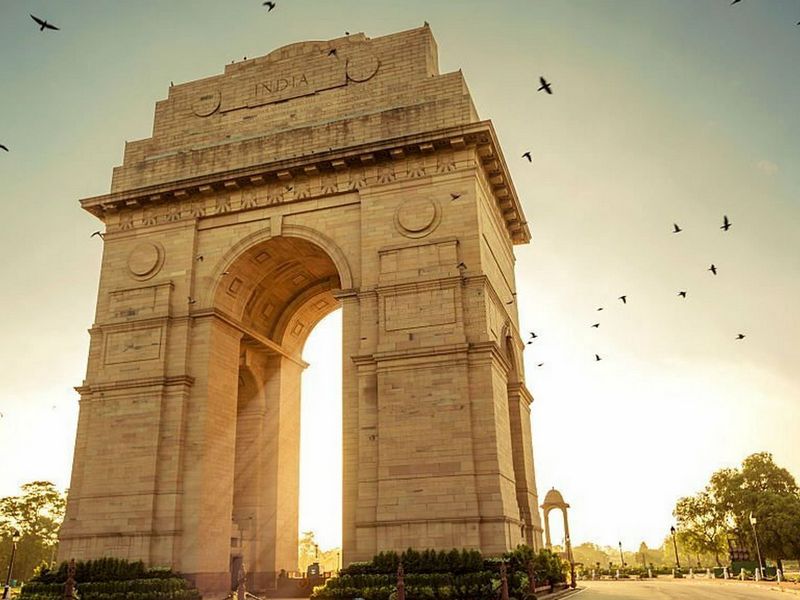
Qutub Minar
Qutub Minar, an iconic symbol of Delhi, stands tall as India’s tallest brick minaret. Constructed in the 12th century by Qutb-ud-din Aibak, the founder of the Delhi Sultanate, and later expanded by Iltutmish, the soaring structure is a UNESCO World Heritage Site. Comprising five intricately carved stories, each adorned with unique architectural features, the minaret reflects Indo-Islamic and Afghan architectural styles. The surrounding complex, Qutub Complex, houses historically significant structures, including the Iron Pillar. As a testament to Delhi’s rich history, Qutub Minar attracts visitors with its impressive height, exquisite craftsmanship, and historical significance.
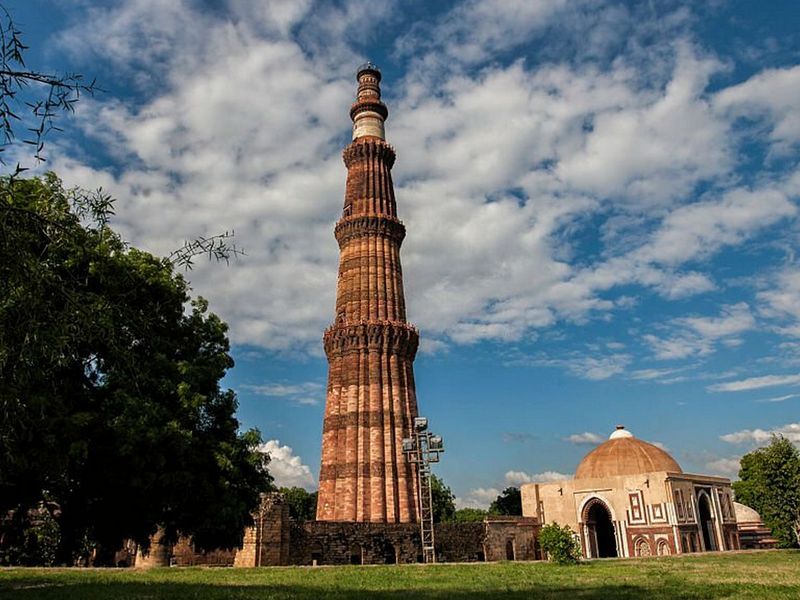
Humayun's Tomb
Humayun’s Tomb, situated in the heart of Delhi, stands as a masterpiece of Mughal architecture. Commissioned by Humayun’s widow, Empress Bega Begum, in the 16th century, the tomb is a splendid amalgamation of Persian and Indian design. Surrounded by lush gardens and water channels, the structure is a precursor to the Taj Mahal and holds immense historical significance. Its grandeur lies in the intricate geometric patterns, delicate calligraphy, and the majestic main dome. Recognized as a UNESCO World Heritage Site, Humayun’s Tomb is a serene retreat, offering visitors a glimpse into the Mughal era’s artistic and cultural magnificence.
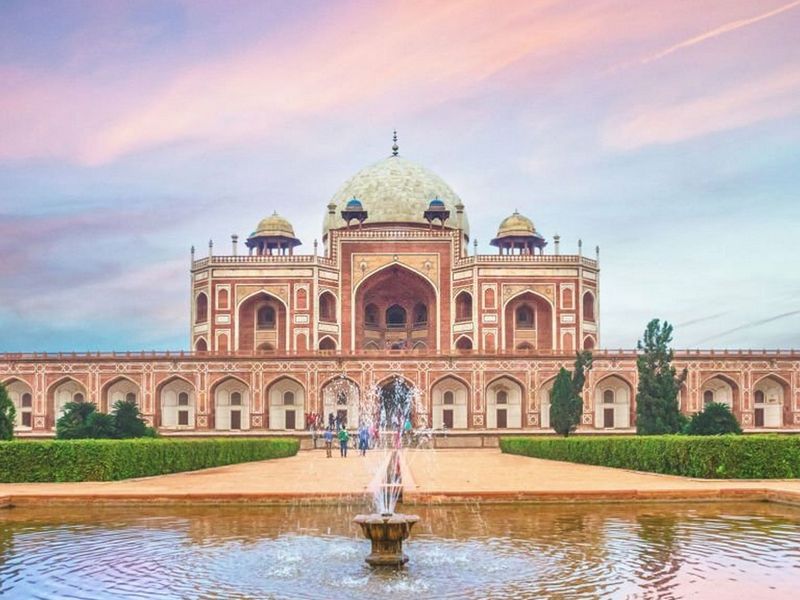
Lotus Temple
The Lotus Temple, situated in Delhi, India, is a breathtaking architectural gem and a symbol of unity and spirituality. Completed in 1986, this Bahá’í House of Worship is renowned for its distinctive lotus-shaped structure, comprising 27 marble-clad “petals” arranged in clusters. Embracing the principles of the Bahá’í Faith, the temple welcomes people of all religions and backgrounds to meditate, reflect, and pray in its serene surroundings. Surrounded by lush green gardens, the Lotus Temple has become a peaceful haven in the bustling city. Recognized for its architectural excellence, it stands as a testament to the Bahá’í commitment to fostering global harmony and understanding.
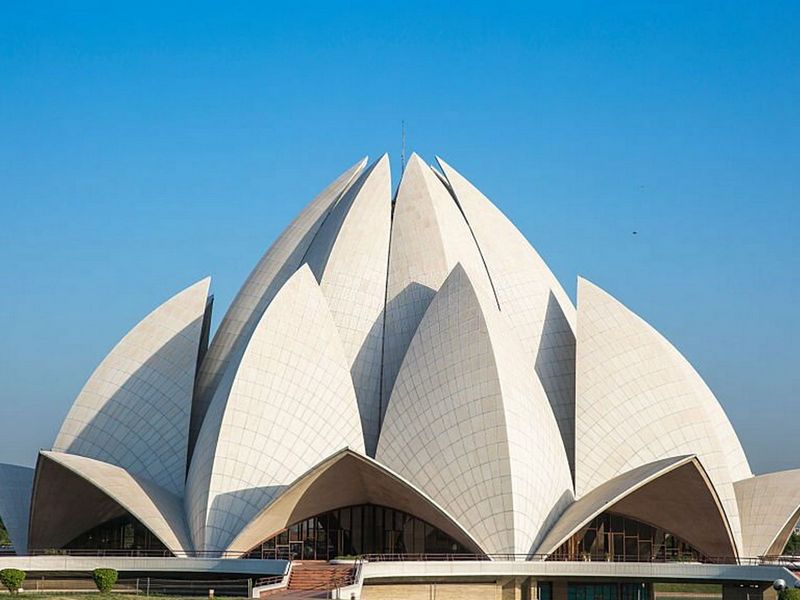
Popular Markets in Delhi
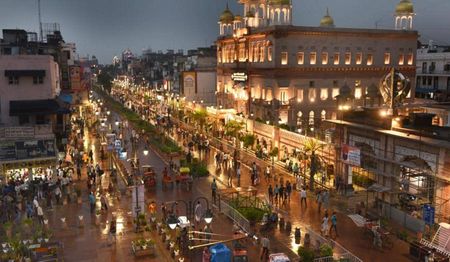
Chandni Chowk
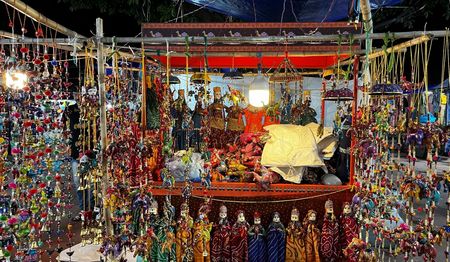
Dilli Haat
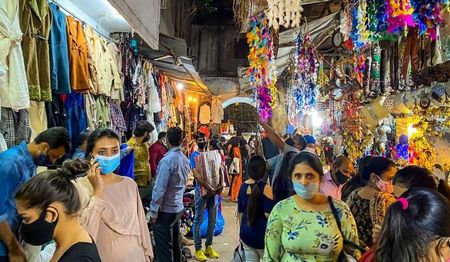
Sarojini Nagar Market
...and more
Top Things to Do in Delhi
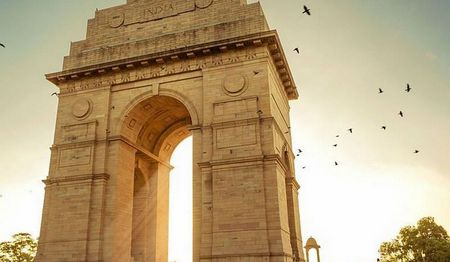
Explore India Gate
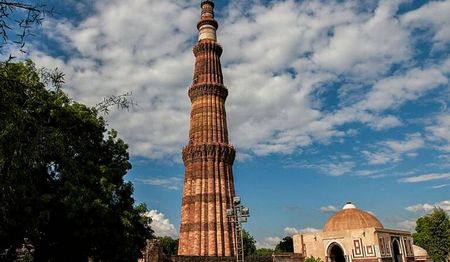
Qutub Minar
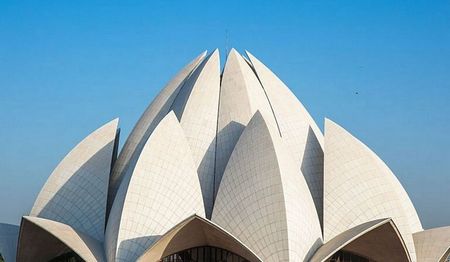
Lotus Temple
...and more
Best Hotels in Delhi

The Oberoi, New Delhi
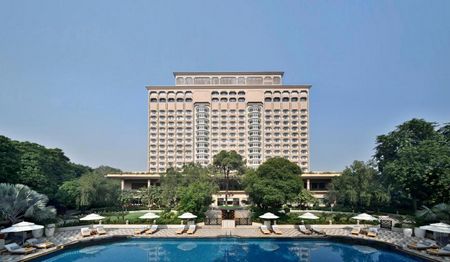
The Taj Mahal Hotel
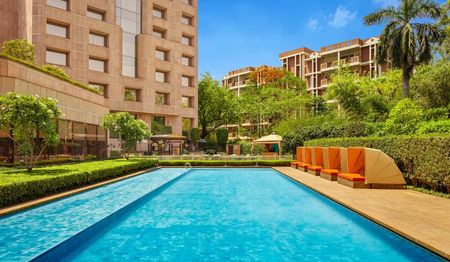
ITC Maurya
...and more
Best Time to Visit Delhi
Delhi should be best explored during winters when it witnesses cold but moderately pleasant weather.
GET A FREE QUOTE
Feel free to get in touch with our team of wildlife experts and receive a free quote for your next tiger safari holiday! You could also use this channel to request for a custom wildlife holiday package in India!
Frequently Asked Questions
ome of the must-visit cultural destinations in India during your cultural and wildlife tour include the Taj Mahal in Agra, Jaipur’s palaces and forts, Varanasi’s spiritual sites, and the cultural heritage of cities like Delhi and Udaipur. For wildlife enthusiasts, national parks like Ranthambore, Kaziranga, and Jim Corbett offer incredible biodiversity.
The ideal time for a cultural and wildlife tour in India depends on your preferences and the regions you plan to explore. Generally, the winter months (October to March) offer pleasant weather for most parts of India. However, wildlife enthusiasts may prefer visiting national parks during the cooler months, while cultural tours can be enjoyed year-round.
India boasts incredible wildlife diversity. During wildlife tours, you can spot iconic species like Bengal tigers, Indian elephants, Indian rhinoceroses, leopards, and various bird species. Each national park and region has its unique fauna and flora, making India a wildlife enthusiast’s paradise.
Yes, cultural and wildlife tours in India can be family-friendly. Many tour operators offer family-oriented itineraries that include educational activities and interactions with local communities. However, it’s essential to consider the age and interests of your children and choose destinations and activities accordingly.
Packing essentials for a cultural and wildlife tour in India include comfortable clothing suitable for the season and region you’re visiting, sturdy walking shoes, insect repellent, sunscreen, a hat, a reusable water bottle, a camera with extra batteries, any necessary medications, and a power bank for charging electronic devices. Additionally, it’s wise to check specific packing recommendations with your tour operator based on your itinerary.

